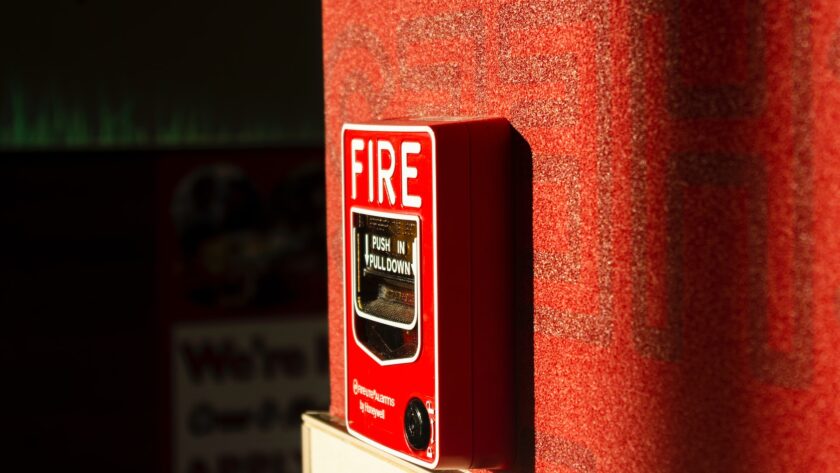If you’re new to fire alarms, you’re probably wondering how they work. There are many different fire alarms, and they all do other things. For business, someone like this Houston fire protection service will be able to guide them towards the correct ones for their building, as well as advise about other aspects of fire safety in the office. However, if you already know the basics, you should be able to decide which one to buy relatively easily. Let’s now take a look at the four most common types of fire alarms out there.
Automatic
An automatic fire alarm is a device that combines fire detection and alarm into one. It can save your building from a potential loss of property. These devices can detect changes in smoke, heat, and temperature.
An automatic fire alarm system can be found in many commercial buildings. A fire alarm system companies install these devices high on the wall and include a box-like shape. Many come with a lighted display and vents for detection.
Automatic fire alarms are classified into two categories. The first is the most basic. It will alert firefighters when there is a fire. It can’t tell the exact location of the fire.
A more sophisticated system uses a photoelectric fire alarm. Light enters the fire alarm through a tube. Once the light hits the sensor, it doesn’t come into contact with the glass, and a signal is sent to the nearest firefighter.
Manual
Fire alarm systems are designed to detect and alert building occupants of the presence of fire. They can be automated or manual. Automated systems are triggered automatically by heat and smoke.
An individual usually operates manual systems at a manual pull station. A manual pull station is a tiny red box mounted on a wall. The person presses a button or pulls a lever to activate the alarm.
Pull stations are classified into two types: single-action and dual-action. Without a cover, single-action pull stations are mounted to the walls. A lever is pulled to activate them. Dual-action pull stations require the person to pull down a lever and lift the cover.
In addition to the manual fire alarm system, automatic fire detection is often added to a commercial property. These devices sense smoke, heat, or dust and then signal to the Alarm Receiving Centre.
Addressable
Addressable fire alarms are an effective way to protect your property. They help firefighters locate the source of a fire more quickly. It is essential in large, multi-story buildings.
In an addressable system, every device has a unique address. A control panel can ask questions about each device and locate where it is. It then can identify which detector or call point triggered an alarm. Then it can send an electronic message to another higher-level control panel.
Addressable fire alarms are programmed to alert occupants of specific events. These events can be programmed to occur before the actual output, reducing the risk of false alarms and allowing people to take each notice seriously.
Addressable fire alarms are usually more expensive than conventional systems. They are also more reliable. However, they may be more costly to install. Some of the installation costs can be offset by reduced maintenance.
Addressable systems can accommodate more devices than conventional systems. Moreover, they can combine supervisory signals and voice messages.
Wireless
Wireless fire alarms are becoming increasingly popular in modern businesses and homes. They are easier to install than traditional wired systems and are more flexible.
Wireless technology has come a long way from the 1980s. Today, many manufacturers are making multi-addressable devices that run on commercially available batteries. In addition, repeaters are available for even more efficient network operation.
The best application for wireless fire alarms is in existing buildings. However, they can be used in new construction. Therefore, it is a good idea to consider mitigation measures when planning new facilities.
When comparing wireless and wired fire alarms, it is essential to determine the performance objectives. Some manufacturers state that not all facilities are suitable for wireless alarms.
Other obstacles include the requirement for special batteries and the cost of installation. Fortunately, savvy installers can work around these issues.
When evaluating different fire alarm systems, NFPA 72 is a good reference. It requires products to be listed for their intended applications.




